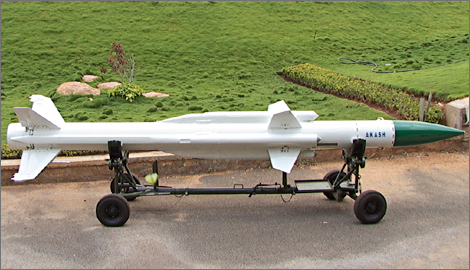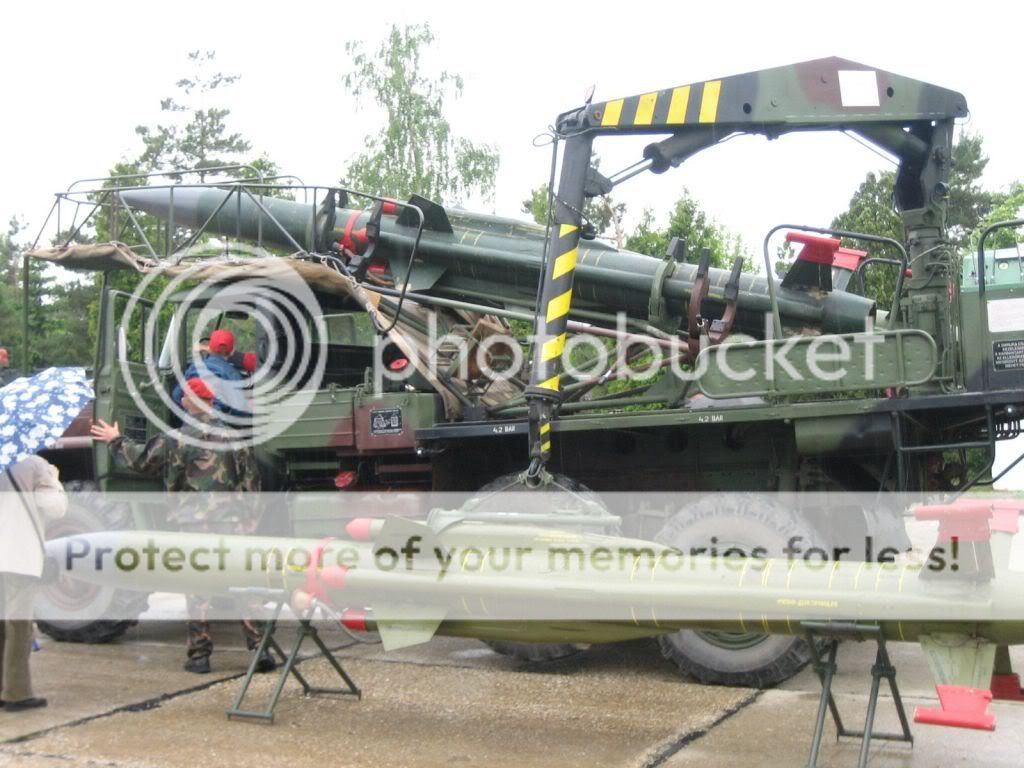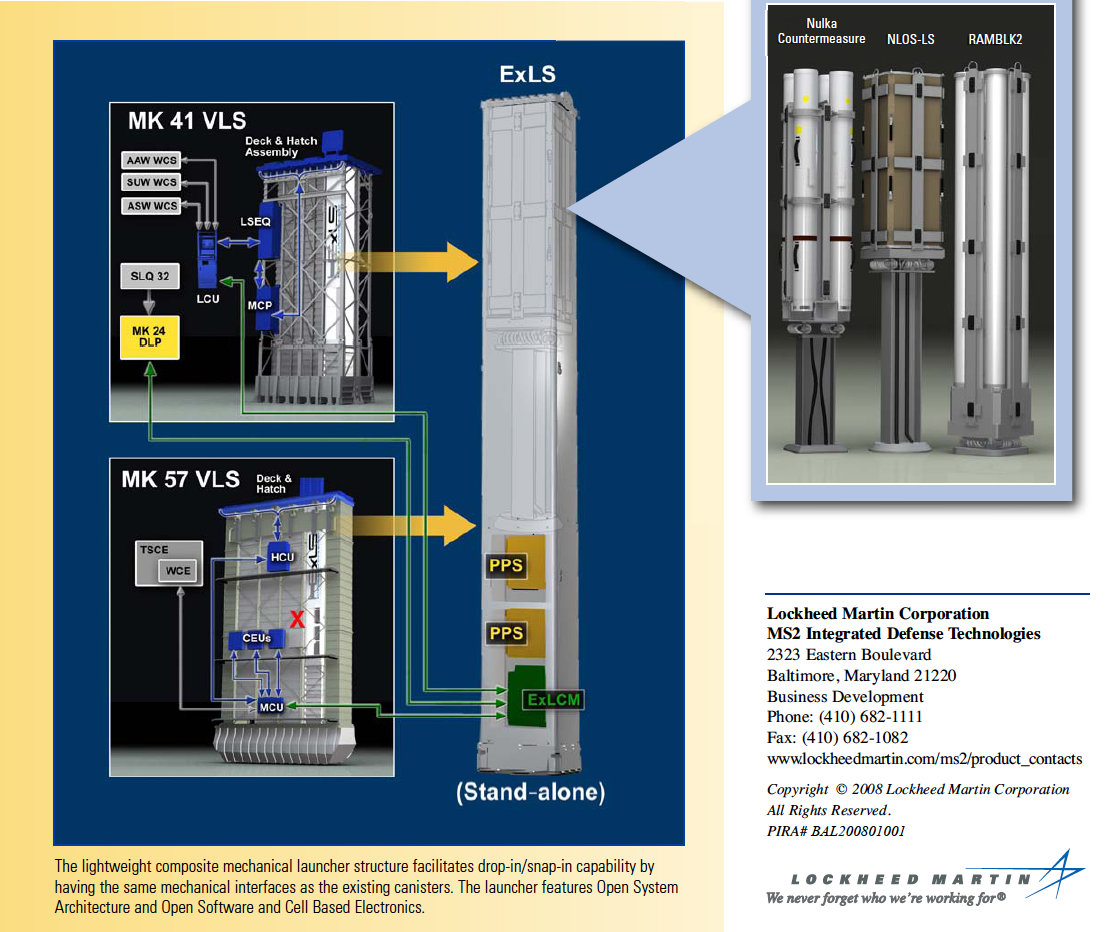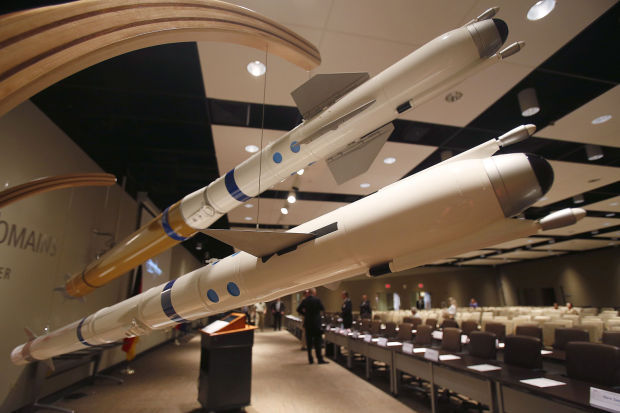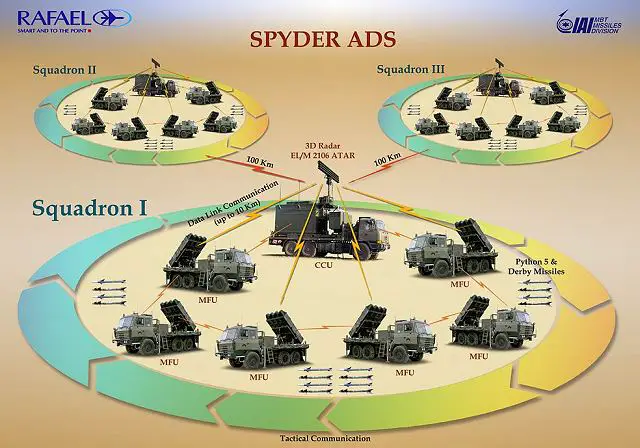RADAR
Akash SAM
a Battery Level Radar - the Rajendra, and a Command post (Battery Control Centre). Two batteries are deployed as a Squadron (Air Force), while up to four form an Akash Group (Army configuration). In both configurations, an extra Group Control Centre (GCC) is added, which acts as the Command and Control HQ of the Squadron or Group. Based on a single mobile platform, GCC establishes links with Battery Control Centres and conducts air defense operations in coordination with air defense set up in a zone of operations. For early warning, the GCC relies on the Central Acquisition Radar. However, individual batteries can also be deployed with the cheaper, 2-D BSR (Battery Surveillance Radar) with a range of over 100 km.
SA6 Gainful
SURN 1S91 vehicle included two radar station - a target acquisition and distribution radar 1S11 and a continuous wave illuminator 1S31, in addition to an IFF interrogator and an optical channel. The acquisition range of the radar was reported as 50 km (31 mi) for the Phantom II type target.
Engagement
AKASH SAM
Each Akash battery can engage up to four targets simultaneously. Each battery has four launchers with three missiles each, with each Rajendra able to guide eight missiles in total, with a maximum of two missiles per target. Up to a maximum of four targets can be engaged simultaneously by a typical battery with a single Rajendra if one (or two) missile is allotted per target. A single Akash missile has an 88% Probability of kill. Two missiles can be fired, five seconds apart, to raise the Probability of Kill to 98.5%
SA6- Gainful
It can only guide one or two missiles to a single target at any time. The missile is initially command guided with terminal semi active radar homing (SARH), with target illumination provided by the "Straight Flush" radar. Detonation is via either the impact or proximity fuze
Configuration:
Akash SAM:
An Akash battery comprises four 3D phased array radars and four launchers with three missiles each, all of which are interlinked. Each radar is able to track 16 targets simultaneously and control a launcher with 3 missiles. Hence it is reported to be able to detect 100 and track 64 targets and simultaneously attack any 8 of those targets at one time. The Akash system is comparable to the Patriot system, but unlike the Patriot, Akash is fully mobile and capable of protecting a moving convoy of vehicles
SA6-Gainful:
Each 2K12 battery consists of a number of similar tracked vehicles, one of which carries the 1S91 (SURN vehicle, NATO designation "Straight Flush") 25 kW G/H band radar (range 75 km/47 miles) equipped with a continuous wave illuminator, in addition to an optical sight. The battery usually also includes four triple-missile transporter erector launchers (TELs) and four trucks each carrying three spare missiles and a crane
MISSILE:
Akash SAM:
Akash is a surface-to-air missile with an intercept range of 30 km.[2] It has a launch weight of 720 kg, a diameter of 35 cm and a length of 5.78 metres. Akash flies at supersonic speed, reaching around Mach 2.5. It can reach an altitude of 18 km and can be fired from both tracked and wheeled platforms.[2] An on-board guidance system coupled with an actuator system makes the missile maneuverable up to 15g loads and a tail chase capability for end game engagemen
SA6-Gainful:
The fairly large missiles have an effective range of 4–24 km (2.5–15 miles) and an effective altitude of 50–14000 m (164–45,931 ft). The missile weighs 599 kg (1321 lb) and the warhead weighs 56 kg (123 lb). Top missile speed is approx. Mach 2.8. The combined propulsion system 9D16K included solid fuel rocket motor which, when burned out, forms the combustion chamber for a ramjet
thanks



